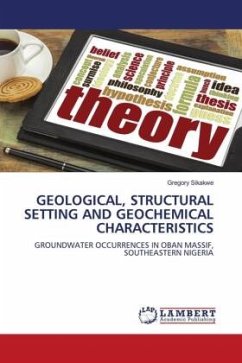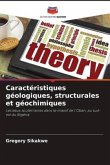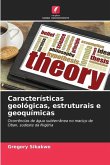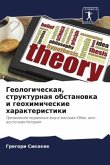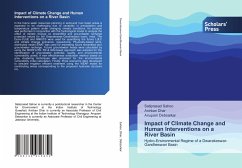The study cover aspects of Geoinformatics and Applied Geochemistry. Regional groundwater investigation using remote sensing, Geographic Information System (GIS) techniques and geochemical characteristics were deployed. Groundwater controlling factors such as geology, geomorphology, lineaments, drainage, slope, land use and land cover were extracted from Landsat imagery, Shuttle Radar Transmission Mission (SRTM) and digital elevation model (DEM) to form thematic layers. The layers were overlaid in Arc GIS 9.2 to produce groundwater potential map categorized into very good, moderately good, fair and poor zones. Ground and surface water and stream sediments were analysed using ICP-Ms. The geochemical data was modeled using the geochemical software VISUAL-MINTEQ for speciation, solution complexation and trace and rare earths mineral saturation indices.Results obtained from groundwater controlling factors modeling showed that geology, lineament density, and slope steepness were the most influential factors of groundwater occurrences in the Oban Massif. Geochemical data analysis showed stream sediments and water quality were below contamination limits set by WHO (2006) except flourine.

